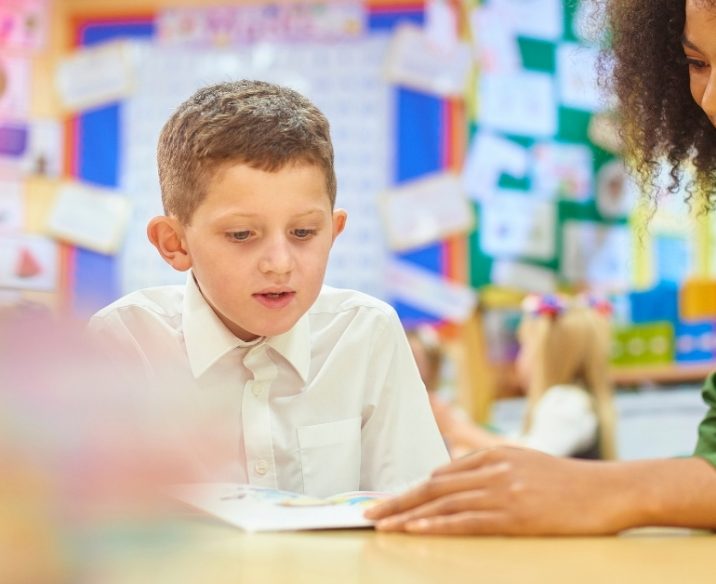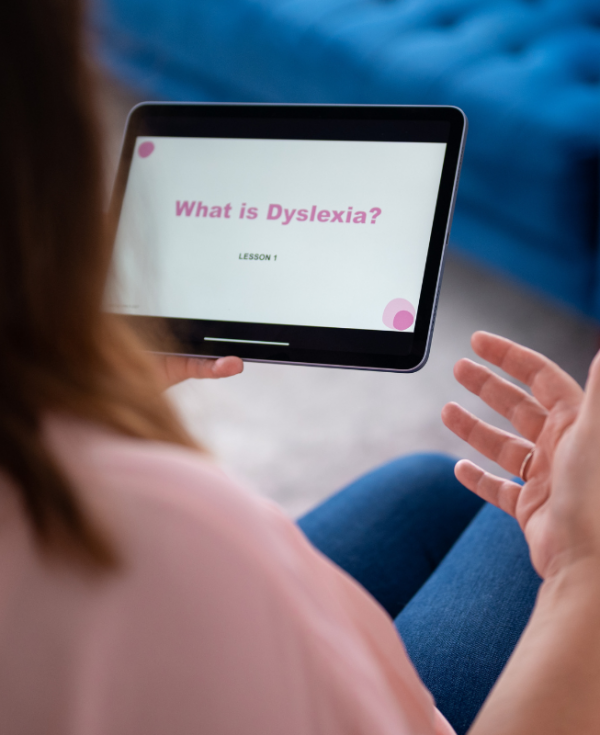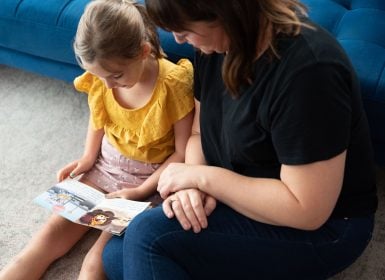
Did you know that Dyslexia affects between 10-20 per cent of the Australian population? With this statistic in mind, it’s likely that every teacher supports at least one student in their classroom who struggles to read because of this specific learning disability.
Reading is one of the first skills that children are taught when they start school. While all students may struggle with reading from time to time, students with Dyslexia have more significant difficulties and show slow progress, despite frequent practice. Reading forms the foundation of all learning as students progress through school, so it’s important that teachers are aware of how Dyslexia can affect their students’ learning and are able to provide effective support for students with Dyslexia.
What is Dyslexia?
Dyslexia is the term used to describe persistent difficulties with reading accuracy, spelling accuracy and fluency. It is a neurobiological condition that affects the part of the brain that processes language and is formally recognised as a specific learning disability.
Children with Dyslexia have difficulties identifying letters and their relation to spoken sound. The ability to link written letter symbols with spoken sounds plays a crucial role in reading, writing and spelling and so helps explain the difficulties students with Dyslexia face.
Although Dyslexia is one of the most common learning disabilities, understanding of the condition is often crowded with myths and misunderstandings. It is important to know that, while children with Dyslexia may demonstrate poor reading and spelling skills, there is no correlation between Dyslexia and intelligence, so students with Dyslexia may be progressing well in other academic areas. This can make the signs of Dyslexia difficult to spot and, as a result, some students may go undiagnosed.
With more awareness and education, teachers can play a pivotal role in the early identification of students who are showing signs of Dyslexia in the classroom. To support this journey, there are a range of professional development options available that provide teachers with the most current information to help identify and support students with Dyslexia.
The Role of Teachers in Diagnosing Dyslexia
Teachers have an important responsibility in the diagnosis of Dyslexia, including raising awareness of these difficulties with families of children who are struggling. To undertake this responsibility effectively, teachers need to understand what Dyslexia is and how Dyslexia is diagnosed.
A diagnosis of Dyslexia must involve a comprehensive assessment by a psychologist to ascertain the learning potential and ability of the child. As part of the diagnostic criteria, children must have also undergone targeted intervention for a minimum of six months with little or slow progress. It is crucial for teachers to provide effective reading instruction, not only for diagnosis but for the continued support of children with Dyslexia. This is where teachers can make the most impact.
As part of their ongoing professional development, it is important that teachers stay up to date with the most effective reading interventions to support students with Dyslexia. Understanding how to effectively implement targeted interventions into their everyday practice can aid in the diagnosis and ongoing support of students with Dyslexia.
Phonics-based Interventions Help ALL children to Read
Recent data by the Australian Bureau of Statistics shows that 43% of Australian adults have difficulties reading in everyday life – that’s almost half the population.
Phonics-based reading programs are considered the most effective for students with Dyslexia because they specifically focus on developing associations between letters and sounds, which supports both reading and spelling. This type of instruction targets the areas that are most challenging for students with Dyslexia.
While phonics-based reading instruction is tailored towards students with Dyslexia and other reading difficulties, it can help all students to read with accuracy and fluency. By using this more explicit and systematic approach to reading instruction, teachers can help to empower all students with the skills and confidence to read through school and in later life.
Opportunities to Help Support Students with Dyslexia in Your Classroom
By including Dyslexia education in their professional development topics, teachers will not only provide more effective support for students with Dyslexia in their classroom but create a more inclusive classroom environment that enables all children to learn to read.
Learning Links offers a range of webinars and self-guided learning to empower teachers by providing evidence-based know how on Dyslexia and other learning difficulties. Our professionals are experts in learning difficulties and aim to share easy to apply strategies and resources to help children to learn, thrive and combat challenges that may otherwise hold them back.

Our Dyslexia Professional Learning Suite
The Dyslexia professional learning series includes live webinars, on-demand webinars and comprehensive self-guided crouses. Our goal is to equip you with practical and evidence-based strategies to strengthen your understanding of reading difficulties and provide the most effective support to your students.




